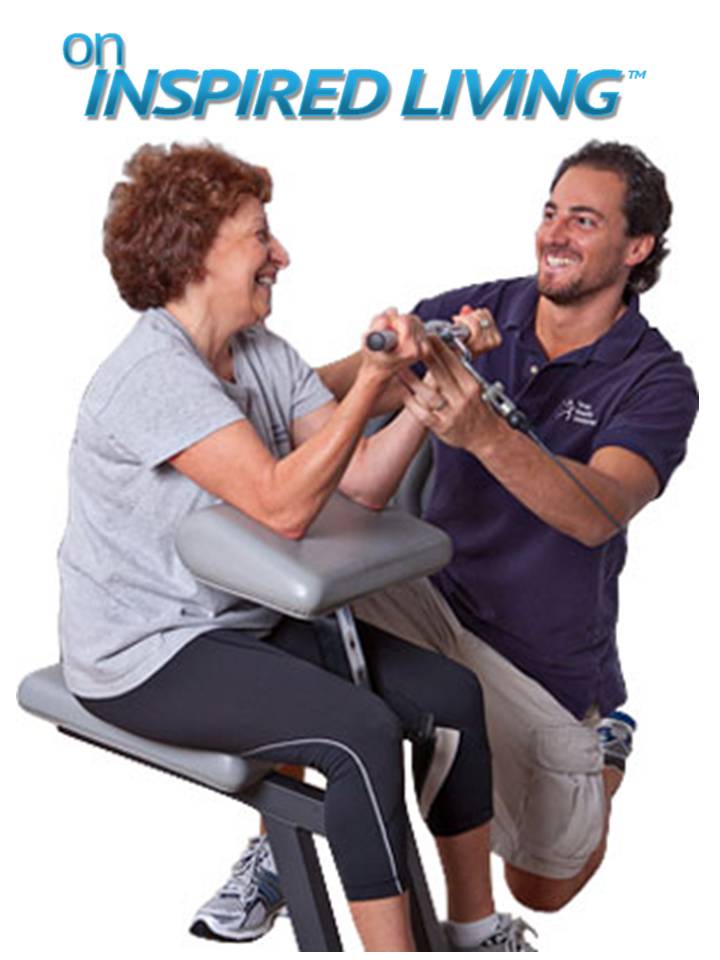 When it comes to the percentage of body fat and weight, what’s normal depends on height and frame. In general, the average male’s body fat weight should be made up of 2-4% essential body fat and the average female’s weight should consist of 10-12% essential body fat weight. These percentages are different for athletes. Women should have 14-20% essential body fat weight and males should have 6-13% essential body fat weight. The “acceptable” range is 25-31% for females and 18-25% for males. 32% or more for females is considered obese and 25% or more is considered obese for males.
When it comes to the percentage of body fat and weight, what’s normal depends on height and frame. In general, the average male’s body fat weight should be made up of 2-4% essential body fat and the average female’s weight should consist of 10-12% essential body fat weight. These percentages are different for athletes. Women should have 14-20% essential body fat weight and males should have 6-13% essential body fat weight. The “acceptable” range is 25-31% for females and 18-25% for males. 32% or more for females is considered obese and 25% or more is considered obese for males.
Description Women Men
Essential Fat 10-13% 2-5%
Athletes 14-20% 6-13%
Fitness 21-24% 14-17%
“Average” 25-31% 18-24%
Obese 32%+ 25%+
Body Fat Measurement Techniques
When I was in graduate school, we focused on four major methods to measure body fat:
Dual energy X-ray absorptiometry (DEXA), which is a relatively expensive method. The cost is prohibitive as is the means to do assess body fat as it requires a performance lab like you can see in this video.
Skin fold methods, which features the use of a body fat caliper. Human error occurs many times with these, which leads to inaccurate measurements. Also, the repeated pinching affects the skin tension and leads to large variations. Since, you cannot do it alone, it’s somewhat inconvenient unless you go to a skin fold testing expert.
Hydrostatic weighing, a method requiring complete submergence in water, while exhaling all air from lungs and sinking on a swing in a tank. Also, requires a lab and a brave volunteer to strip down and go under water for a while. Although it might be the most accurate, it’s very difficult to do.
Bioelectrical impedance analysis (BIA), which is often conducted lying down in a laboratory setting with connections around the hands and feet on the right side of the body. I conducted this non-invasive method many times in graduate school and found it is easy to do with subjects in our study.
The good news is that is has become easier with advanced technology for personal home use. With advanced technology, BIA can be done very easily by yourself with a body fat scale. Based on my research, the most accurate one is here.
Looking at the 4 Methods…
While each method to assess body fat has its strengths and limitations, using a body fat scale is most convenient for personal privacy, convenience, and ease of use. It is the method we use with our personal training clients who elect to have their body fat percentage.
Why is Understanding Body Fat Important
It is important to note that body fat is the most difficult body component to reduce when it comes to losing weight. Body fat is a major component of the structure of the human body. Body fat, along with water, muscle, bones and organs are critical to normal, healthy body functioning.
Body fat percentage and weight are important to normal body functioning as well. Body fat, namely “essential fat,” is necessary for regulating body temperature, as it protects and insulates the body’s tissues and organs, and it is the human body’s main form of energy storage. Storage fat, the other type of body fat, is extra fat that accumulates underneath the skin, in your muscles, and in certain areas inside your body such as around the internal organs.
To reduce unnecessary body fat weight, an individual has to expend more energy than they are consuming. Meaning, an individual would have to burn more calories than he takes in. To create a calorie deficit, one needs a personalized diet and fitness plan, while also taking into account the adverse effects some medications may have upon body fat percentages.
Medication May Alter Body Fat Effects
Some medications do indeed contribute to weight gain, particularly anti-depressants.
FROM: Lawrence Cheskin, M.D., Director of the Johns Hopkins Weight Management Center.
“Medication-related weight gain has become far more important over the past decade as obesity increases in prevalence and more people are taking medications for chronic illnesses.”
Weight gain can range from a few pounds to more than a hundred pounds, which can occur with corticosteroids, such as prednisone. This excess weight is dangerous because it can cause or worsen problems like high blood pressure, other cardiovascular conditions, diabetes, high blood cholesterol and osteoarthritis—the very conditions for which people often need medications.
If you suspect that you’re putting on weight because of a medication you’re taking, talk to your doctor.
And if you liked this post, share with Friends!



